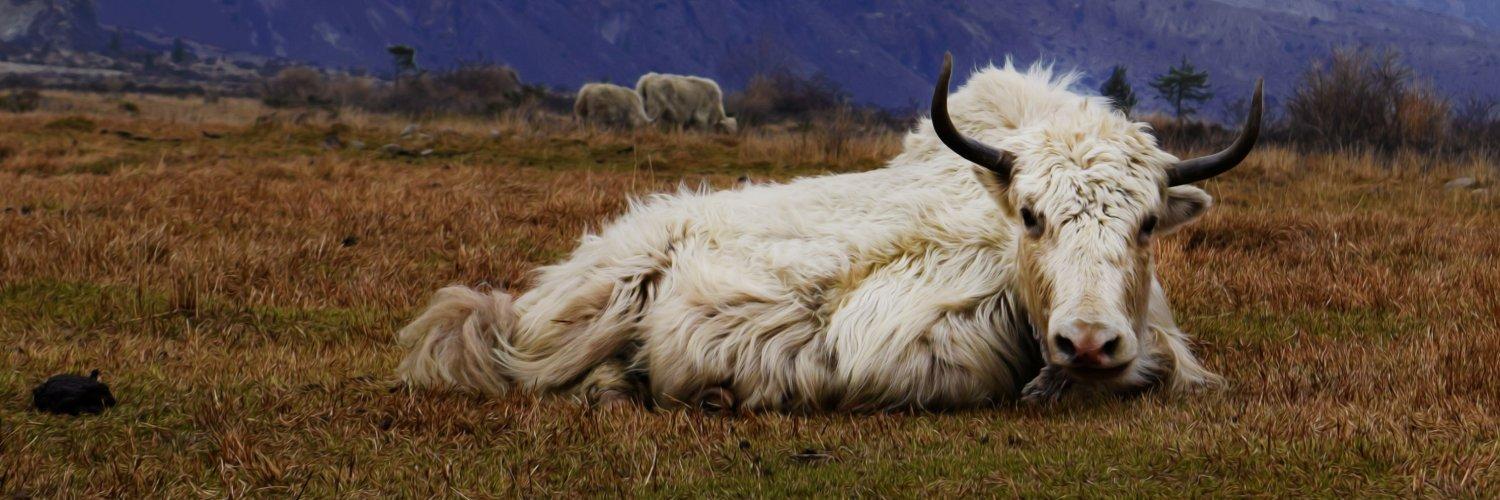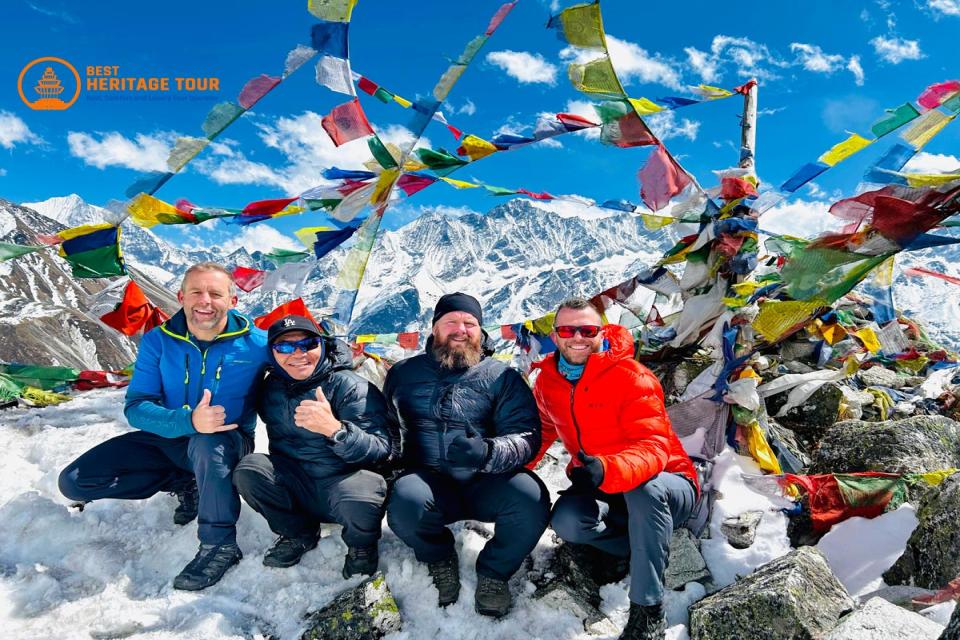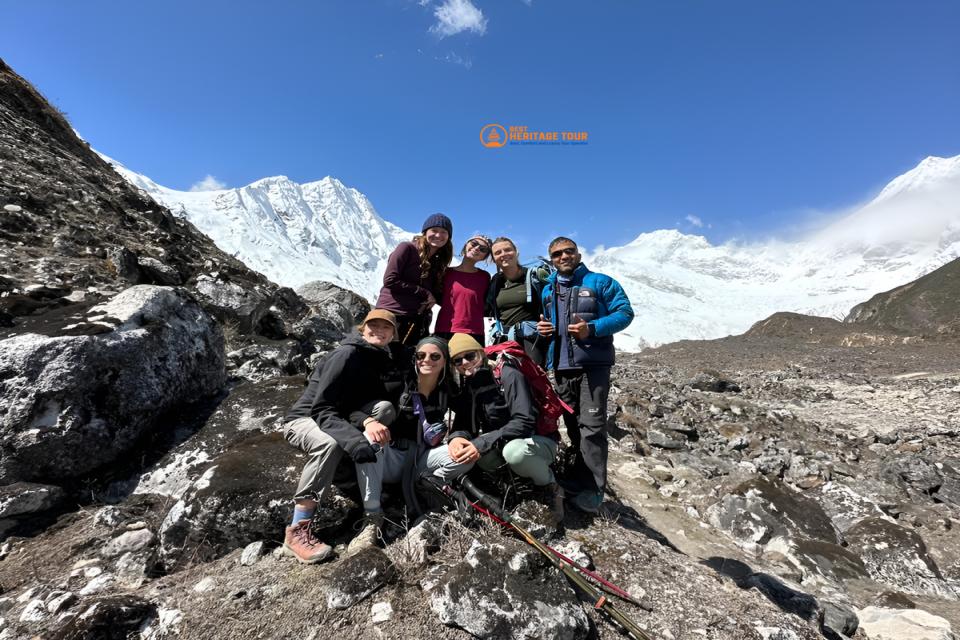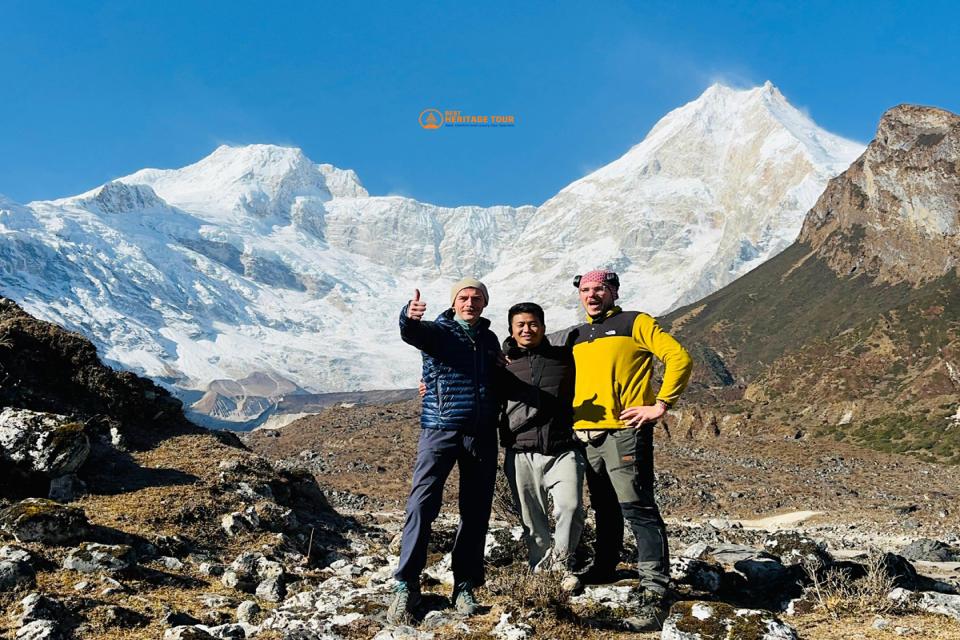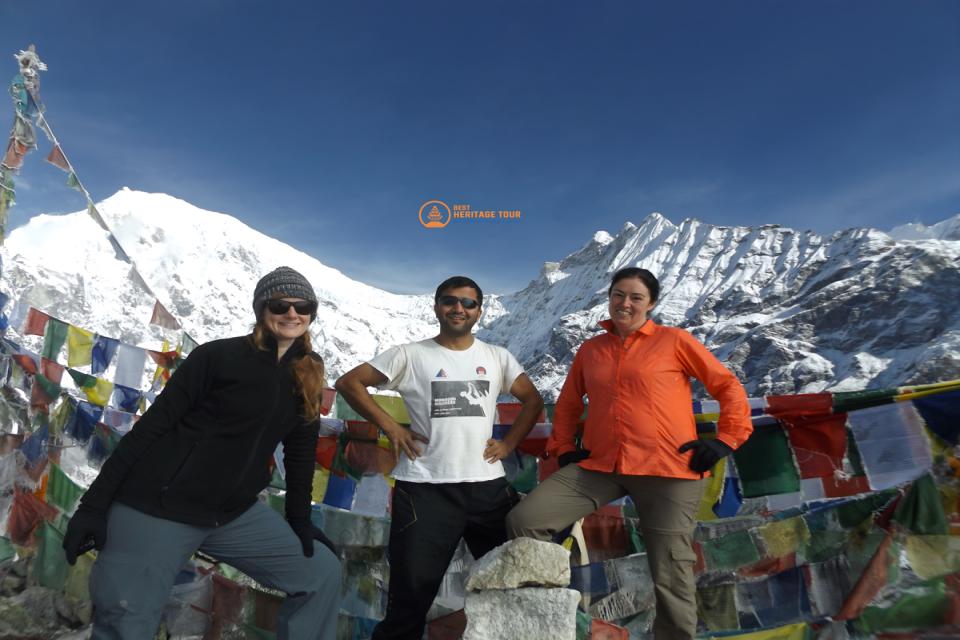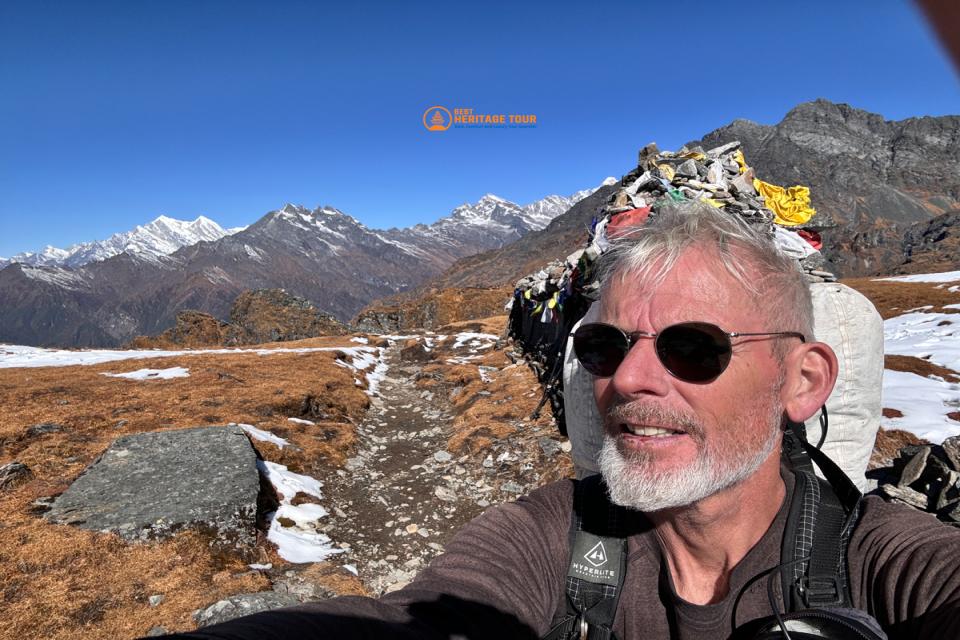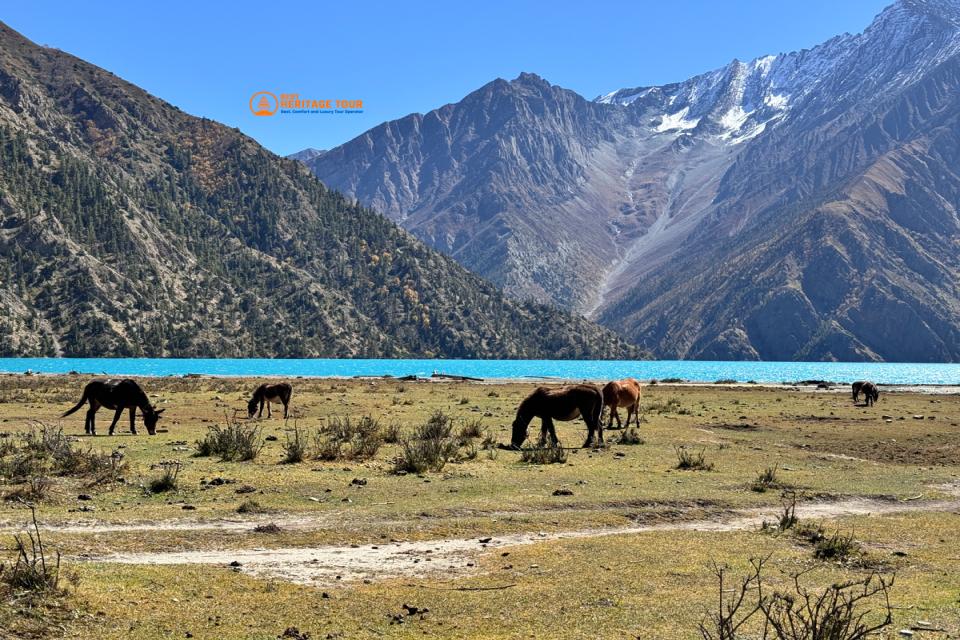When people think of the Himalayas, they often picture snow-capped peaks, high passes, and rugged trails. Yet one of the most iconic symbols of life in the high mountains is the yak. Far from being just another animal on the trail, yaks are deeply intertwined with the daily life, culture, and survival of Himalayan communities.
Both domestic and wild yaks roam Nepal’s highlands. Domestic yaks, raised by local herders, provide essential resources:
-
Transportation: Yaks carry heavy loads across treacherous mountain trails, bringing goods to remote villages, lodges, and monasteries.
-
Food: Their milk is used to make butter, cheese, and yogurt - vital dietary staples at high altitude.
-
Clothing & Gear: Yak wool is spun into warm clothing, blankets, and ropes, crucial for surviving the harsh Himalayan winters.
-
Economic Support: Yaks are an income source for herders through milk, wool, and trade.
Wild yaks, though rarer and more elusive, roam alpine pastures above 4,000 meters. Spotting them is an unforgettable experience, as they are perfectly adapted to extreme conditions, showcasing strength, resilience, and the harsh beauty of Himalayan life.
For trekkers, seeing yaks is more than a wildlife encounter - it is a window into Himalayan culture, livelihoods, and the ecosystem that sustains life at extreme altitudes. With the guidance of experienced trekking operators like Best Heritage Tour, travelers can safely observe yaks while trekking through Nepal’s most iconic regions.
Why Yaks Are Iconic in Nepal?
Yaks have adapted perfectly to high-altitude environments, typically above 3,000 meters. Known scientifically as Bos grunniens, they thrive in the harsh Himalayan climate where oxygen levels are low and temperatures often drop below freezing.
-
Altitude Range: 3,000–5,500 meters, depending on species and season.
-
Types:
-
Domestic yaks (used for milk, meat, wool, and transport)
-
Wild yaks (larger, stronger, and more elusive, found mainly in remote alpine regions)
-
-
Behavior: Typically grazing in herds; domestic yaks follow seasonal migration patterns led by herders.
-
Cultural Importance: In addition to providing material resources, yaks are central to religious festivals, trade, and local identity.
Understanding the yak’s role enriches trekking experiences, giving travelers context about the trails, villages, and communities they pass. Encountering yaks in their natural habitat is more than a wildlife experience - it’s a glimpse into the livelihood and resilience of Himalayan people.
Best Regions in Nepal to See Yaks While Trekking
Yaks are most commonly seen in high-altitude trekking regions. Below is a general guide by region:
-
Altitude: 3,500-5,500 m
-
Popular Trekking Routes:
-
Everest Base Camp Trek
-
Gokyo Lakes Trek
-
Three Passes Trek
-
-
Yak Experience:
Trekkers often spot yaks grazing near Namche Bazaar, Dingboche, Lobuche, and along the route to Everest Base Camp. During spring and autumn, herders move their yaks seasonally, allowing trekkers to see large herds. -
Tip: Yaks are usually calm, but avoid approaching too closely, especially mothers with calves.
-
Altitude: 3,000-5,000 m
-
Popular Trekking Routes:
-
Annapurna Circuit
-
Tilicho Lake Trek
-
Annapurna Base Camp Trek
-
-
Yak Experience:
Annapurna’s high passes, such as Thorong La (5,416 m), and alpine meadows in Manang are perfect for yak sightings. Herds are often led by local herders transporting goods. -
Tip: Early morning or late afternoon provides the best light for photography and the chance to see yaks grazing peacefully.
-
Altitude: 3,000-4,800 m
-
Popular Trekking Routes:
-
Langtang Valley Trek
-
Langtang Gosaikunda Trek
-
-
Yak Experience:
Trekkers can encounter yaks near Kyanjin Gompa, Gosainkunda Lake, and alpine pastures. Yaks are also used to carry supplies to remote lodges and monasteries. -
Tip: Watch for yak trails across high meadows - they often lead to hidden villages or grazing areas.
-
Altitude: 3,500-5,000 m
-
Popular Trekking Routes:
-
Manaslu Circuit Trek
-
-
Yak Experience:
Manaslu’s less-frequented trails offer authentic yak encounters, especially in high pastures above Samagaon and near Larkya La Pass. -
Tip: This region provides solitude; yak sightings here are often accompanied by quiet alpine views.
5. Mustang and Upper Dolpo Regions
-
Altitude: 3,500-4,800 m
-
Popular Trekking Routes:
-
Upper Mustang Trek
-
Dolpo Trek
-
-
Yak Experience:
Yaks are integral to nomadic life in Mustang and Dolpo. Trekkers may see them grazing on barren plateaus or carrying goods between villages. -
Tip: Yaks in these arid regions may appear leaner but are well-adapted to sparse grazing.
When to See Yaks in Nepal
Yaks are seasonal herders’ companions, so timing affects sightings:
-
Spring (March-May): Snow begins to melt; yaks graze in lush alpine pastures.
-
Summer (June-August): Monsoon may limit trekking in some regions, but yaks are still visible at higher passes.
-
Autumn (September-November): Peak trekking season; clear skies provide excellent opportunities for photography.
-
Winter (December-February): Yaks move to lower altitudes; fewer sightings at very high passes but alpine trails remain scenic.
How to Safely See Yaks While Trekking
-
Maintain Distance: Avoid startling the animals; use binoculars or zoom lenses for photography.
-
Do Not Feed Yaks: Their diet is specific; human food can harm them.
-
Respect Herds: Especially mothers with calves - yaks can be protective.
-
Follow Trails: Stick to established trekking paths; avoid entering grazing areas.
-
Hire Experienced Guides: Operators like Best Heritage Tour know where yaks are commonly seen and ensure safe viewing.
Why Yaks Are Important to Trekkers
-
Cultural Insight: Domestic yaks are central to Himalayan communities’ daily life. Yaks are used for milk, cheese, wool, and transport - integral to Himalayan communities.
-
Photography & Adventure: Majestic against Himalayan backdrops, they enhance trekking memories.
-
Trail Assistance: Yaks carry supplies to lodges, making trekking feasible in remote areas.
Seeing yaks enriches the trekking experience, combining wildlife observation with cultural immersion.
Practical Trekking Tips for Yak Sightings
-
Clothing: Layered, warm clothes for high-altitude pastures.
-
Footwear: Sturdy trekking boots for uneven alpine terrain.
-
Photography: Telephoto lens or zoom camera for safe, close-up shots.
-
Timing: Early morning or late afternoon for the best natural light.
-
Local Knowledge: Guides can point out yak herding routes and seasonal grazing areas.
With proper preparation and guidance from Best Heritage Tour, trekkers can enjoy safe and memorable yak encounters throughout Nepal.
Regions & Routes Summary Table
|
Region |
Altitude Range |
Popular Trek Routes |
Yak Sighting Highlights |
|---|---|---|---|
|
Everest |
3,500-5,500 m |
EBC, Gokyo, Three Passes |
Namche Bazaar, Dingboche, Lobuche |
|
Annapurna |
3,000-5,000 m |
Annapurna Circuit, Tilicho Lake |
Manang, Thorong La, alpine pastures |
|
Langtang |
3,000-4,800 m |
Langtang Valley, Gosaikunda |
Kyanjin Gompa, alpine meadows |
|
Manaslu |
3,500-5,000 m |
Manaslu Circuit |
Samagaon, Larkya La Pass |
|
Mustang/Dolpo |
3,500-4,800 m |
Upper Mustang, Dolpo |
Nomadic plateaus, remote villages |
Conclusion
Yaks are more than just wildlife - they are mountain companions, economic lifelines, and cultural icons in Nepal. From Everest to Annapurna, Langtang to Manaslu, domestic and wild yaks enrich trekking experiences with history, culture, and breathtaking alpine views.
Book your guided trekking adventure with Best Heritage Tour to safely experience yaks in their natural habitat and explore the Himalayas with expert support.
Phone/ WhatsApp/ Viber: +977-9851149197 / +977-9810043046
Email: info@bestheritagetour.com / bestheritagetour@gmail.com
Website: www.bestheritagetour.com
Office: Thamel Marg, Kathmandu, Nepal
Author: Best Heritage Tour
Date: 3rd November, 2025

